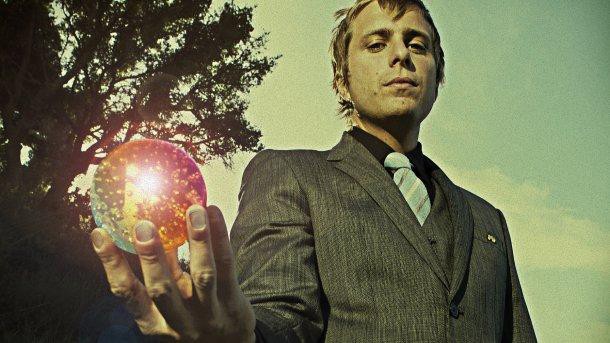Within the past couple of years, electronic music has reached a heightened popularity. Originating from overseas in Europe, it has made its way over to the U.S., blasting out of speakers at concerts, nightclubs, parties. You name it, you’ve heard it before.
It’s music with a heavy bass and drum patterns, and occasionally includes remixes of other songs. Whether or not one knows how to describe it, electronic music definitely has its own distinct sound and is distinguishable just by hearing the first beat.
Isaac Gealer, general manager of KAMP Student Radio and marketing, music and entrepreneurship senior, has his own hypothesis about this new genre of music.
“I’ve come up with this new theory, [that] it is a new punk scene,” Gealer said. “Warped Tour used to be so punk and heavy metal. Now it’s hip-hop and electronic. Artists are slowly incorporating electronic stuff.”
A lot of the sounds are primal, he added, and that’s why people like it.
There are many different interpretations of electronic music, resulting in a variety of subgroups. Some of these subgroups include dubstep, house, trap, electro house, trance, ambient, moombahton and many more.
“With this new music scene, more people are reaching out to us,” Gealer said. “There is such a huge difference between what it was in the past and what it is now.”
Social media has played a huge role in the growing popularity of electronic music as well.
Jake Glazer, a website manager for the online music organization Techibeats, works at the frontline of electronic music and has played a role in its social networking. The Techibeats’ team strives to bring electronic music listeners closer to the artists and the music, also helping listeners analyze the different components that come together to create this unique genre.
“It has been blowing up Facebook and hitting mainstream,” Gealer said. “Once people started realizing this music really wasn’t underground anymore, it became huge.”
Within the past years, Tucson, along with the rest of the country, has experienced its fair share and infiltration of electronic concerts. Since Tucson is a college town, it could be considered a hot spot for this type of music and the many artists that come along with it.
“It is really amazing to go to these big concerts and bump into people from home or from schools,” Glazer said. “It is really unifying. People have found a passion that everyone can share.”
What’s most interesting is that these electronic artists were involved in other music genres before getting big in the electronic music scene. Evidence of their previous music experiences and involvement is heard in their music as well.
“What’s really cool about these artists is that a lot of them, like Skrillex and Pretty Lights, were in punk and metal bands before electronic music came around,” Gealer said.
Dom Martinelli, Electronic Music Director and mobile DJ for KAMP radio and pre-business junior, has seen several changes within the past couple of years.
“It’s interesting because people would go to the shows, hear the music and not be able to connect it to an artist,” Martinelli said. “Now in late 2012, people are beginning to recognize a song and attribute it to an individual.”
A unique element electronic artists are incorporating into their music are samples of songs everyone has grown up with. Most of these mainstream artists are not much older than their audiences, so the songs end up being very relatable.
“I think it has become so popular because of the energy,” Martinelli said. “This is the time when we’re in college and everyone is really letting loose and free.”
Follow us on Twitter @wildcatarts and follow Rachel @RachelCabakoff









